Outside the classroom
Learning in history should not only take place in the classroom. Making use of the built and landscape environment can be an integral part of learning and progression in history, whether through a visit to a historic site, surveying of the landscape to find historical clues, or forming a human timeline across the school field.
Sort by:
Date (Newest first) | Title A-Z
Show:
All |
Articles |
Podcasts |
Multipage Articles
-

A View from the Classroom: Writing History
ArticleClick to view -
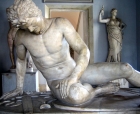
A history of the world - 100 objects that tell a story
ArticleClick to view -

Artefacts handling at Brunel's SS Great Britain
ArticleClick to view -

Assessment and Progression without levels
ArticleClick to view -

Bringing the Civil War to life in Somerset
ArticleClick to view -

Building learning places
ArticleClick to view -

Case Study: Creative chronological thinking
ArticleClick to view -

Case Study: Prehistory in the primary curriculum: A stonehenge to remember
ArticleClick to view -
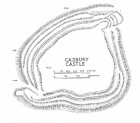
Case Study: Working with gifted and talented children at an Iron Age hill fort in north Somerset
ArticleClick to view -

Churches as a local historical source
ArticleClick to view -

Co-ordinators' concerns: Visits and Ofsted
ArticleClick to view -

Creating the 'creative history' website
ArticleClick to view -

Curriculum planning: How to write a new scheme of work for history
ArticleClick to view -

Doing history with objects - A museum's role
ArticleClick to view -
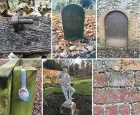
Emerging historians in the outdoors
ArticleClick to view -

From Home to the Front: World War I
ArticleClick to view -
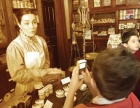
Geosong: a transition project
ArticleClick to view -

Hearts, Hamsters and Historic Education
ArticleClick to view -
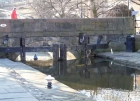
History in the Urban Environment
ArticleClick to view -

How museum collections make ancient Egypt, and the people who lived there, real
ArticleClick to view

